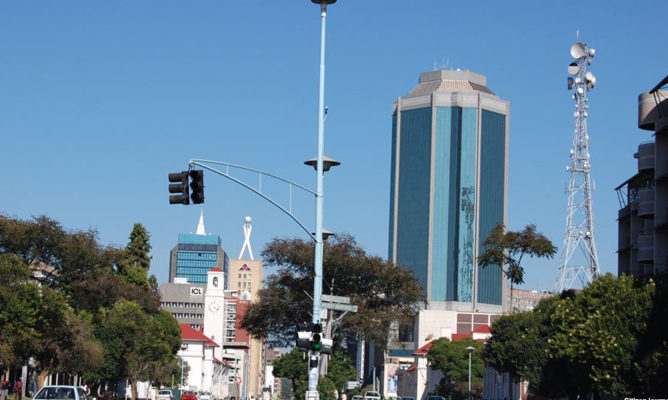
The Reserve Bank of Zimbabwe (RBZ) says prices in the country are still generally high compared to those in the region due to external factors such as the depreciation of the rand against the dollar.
BY TATIRA ZWINOIRA
According to the study done by RBZ, uncompetitiveness of the prices was a reflection of the hyperinflation of 2007 to 2008 and the profiteering or survival mentality that prevailed afterwards which has led to deflation.
Speaking at the Zimbabwe National Chamber of Commerce Business Review Conference yesterday in Harare, RBZ director of economic research, Simon Nyarota said the country was going through negative inflation since November 2014
“Prices in Zimbabwe are still generally higher than regional economies, deflation occurs when the annual rate of inflation falls into negative territory for a period of one quarter (three months), implying that Zimbabwe has experienced deflation since November 2014. There needs to be a deliberate reduction of prices so as to remain viable,” he said.

“Definition does not make a distinction between the causes and nature of shocks driving inflation dynamics. Negative inflation in Zimbabwe appears to reflect competitiveness challenges in the economy, rather than positive supply shocks.”
Deflation is being caused by the strengthening of the United States dollar against the rand, decline in international oil prices coupled with a low aggregate demand in the economy and food prices being higher than global food prices.
- Chamisa under fire over US$120K donation
- Mavhunga puts DeMbare into Chibuku quarterfinals
- Pension funds bet on Cabora Bassa oilfields
- Councils defy govt fire tender directive
Keep Reading
The United States dollar appreciated against the South African rand by more than 70%, from January 2012 to November 2015. The depreciation of the rand against the United States dollar put negative inflationary pressures to domestic prices as South Africa is Zimbabwe’s main trading partner.
Crude oil prices declined significantly from an average of about $96,20 a barrel in 2014, to under $49 a barrel by the end October 2015. A decline in global food prices by 16% between November 2014 and October 2015 has also significantly influenced the inflation in the economy.
Nyarota said the slowdown in economic activity has partly contributed to inflationary pressures in the economy. He said both variance decomposition and pass through analysis suggest that the large impact on domestic prices is emanating from external factors.
“Zimbabwe cannot use nominal exchange rate depreciation as a policy tool to influence aggregate demand in the economy,” he said.











